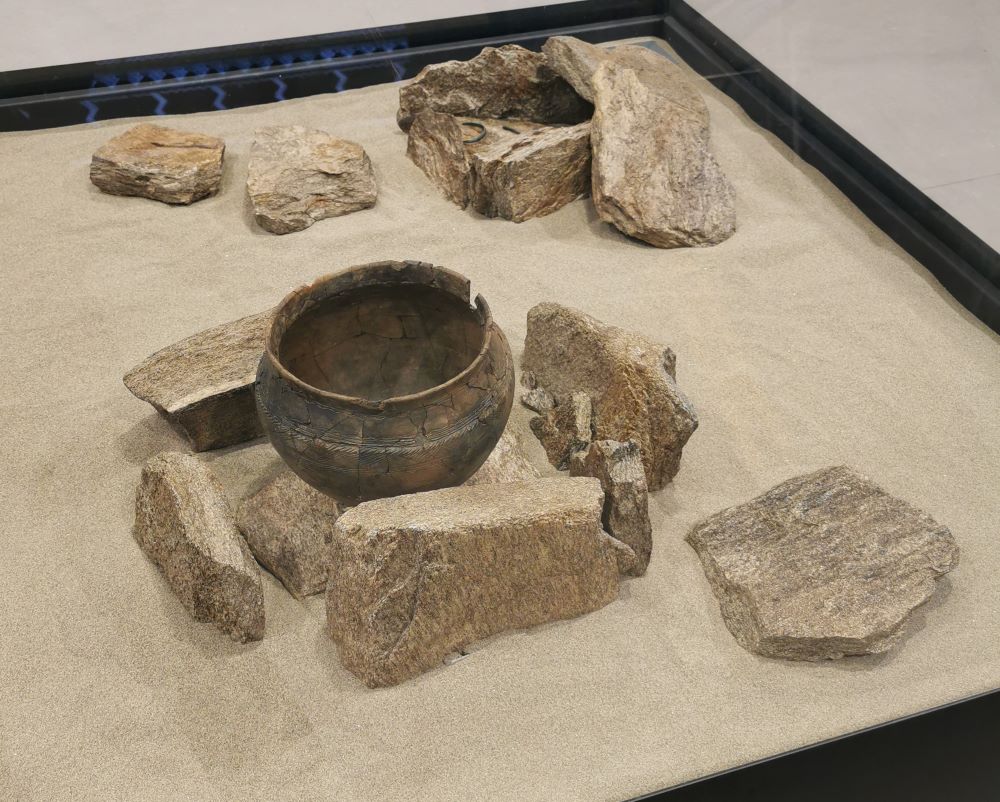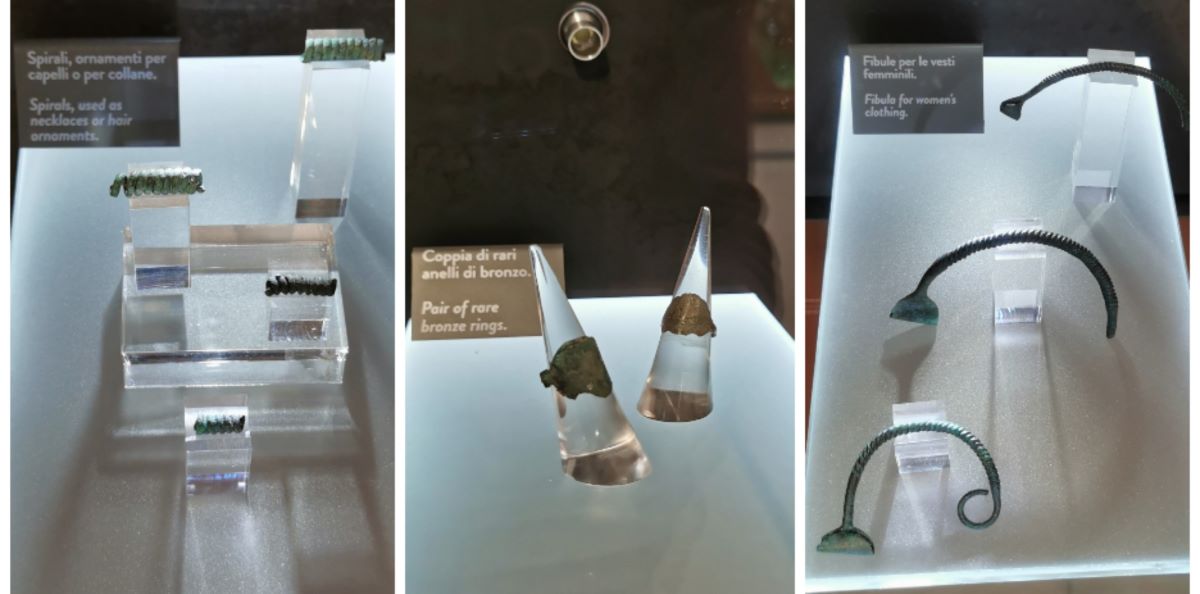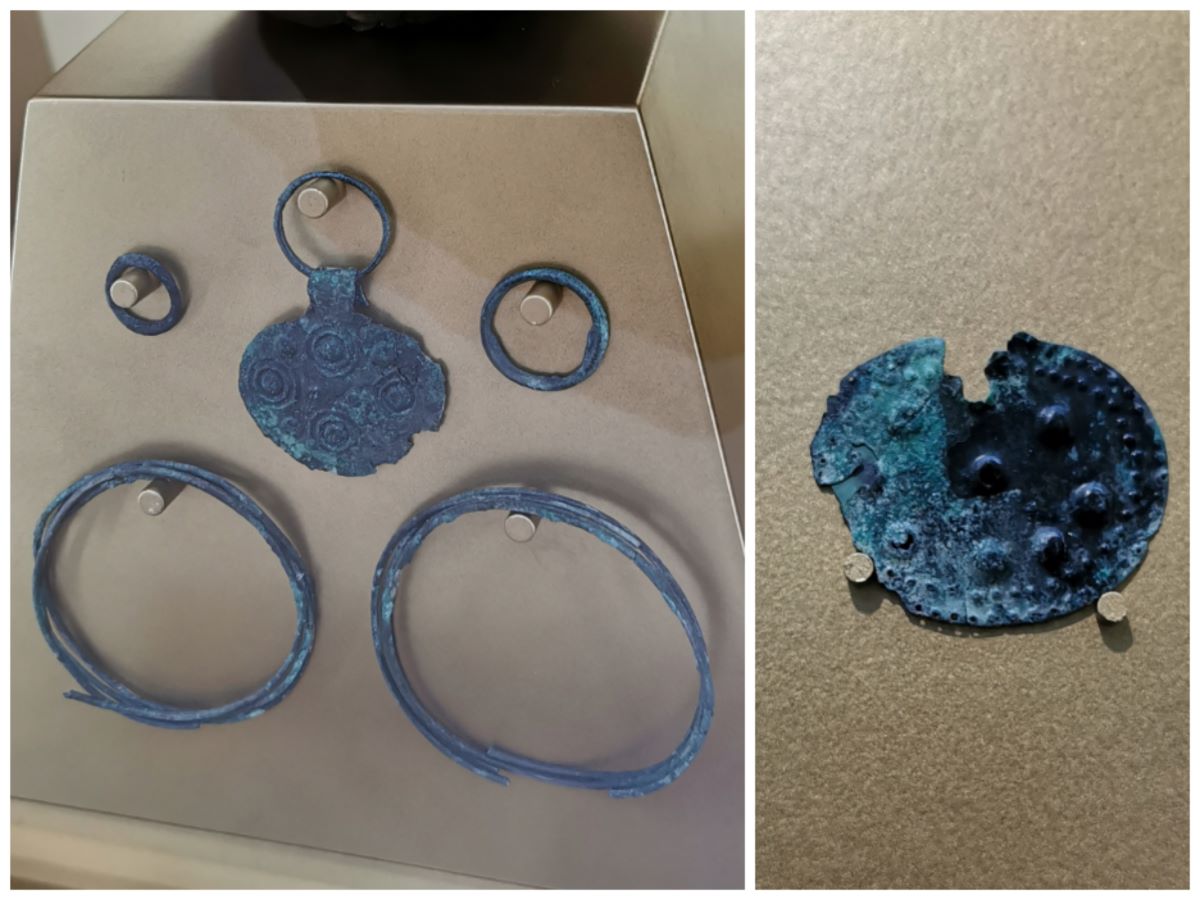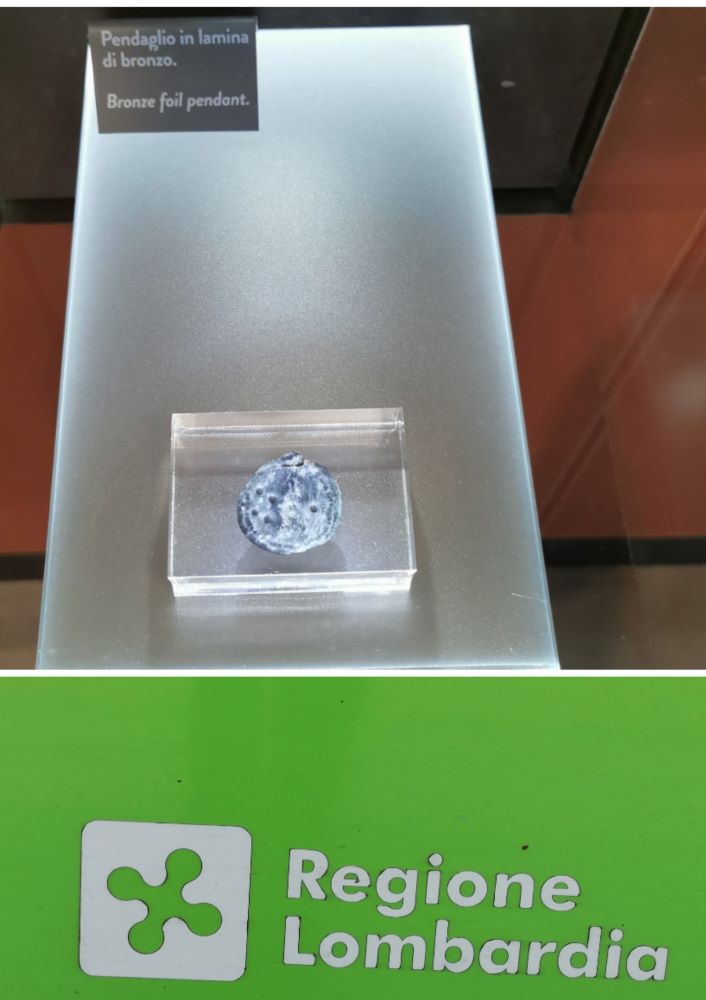<< Our Photo Pages >> Malpensa Airport Terminal 2 - Museum in Italy in Lombardia
Submitted by CoppellaiaMatta on Friday, 20 September 2024 Page Views: 1428
MuseumsSite Name: Malpensa Airport Terminal 2 Alternative Name: Malpensa Airport Train StationCountry: Italy
NOTE: This site is 6.888 km away from the location you searched for.
Region: Lombardia Type: Museum
Nearest Town: Milano
Latitude: 45.650626N Longitude: 8.721944E
Condition:
| 5 | Perfect |
| 4 | Almost Perfect |
| 3 | Reasonable but with some damage |
| 2 | Ruined but still recognisable as an ancient site |
| 1 | Pretty much destroyed, possibly visible as crop marks |
| 0 | No data. |
| -1 | Completely destroyed |
| 5 | Superb |
| 4 | Good |
| 3 | Ordinary |
| 2 | Not Good |
| 1 | Awful |
| 0 | No data. |
| 5 | Can be driven to, probably with disabled access |
| 4 | Short walk on a footpath |
| 3 | Requiring a bit more of a walk |
| 2 | A long walk |
| 1 | In the middle of nowhere, a nightmare to find |
| 0 | No data. |
| 5 | co-ordinates taken by GPS or official recorded co-ordinates |
| 4 | co-ordinates scaled from a detailed map |
| 3 | co-ordinates scaled from a bad map |
| 2 | co-ordinates of the nearest village |
| 1 | co-ordinates of the nearest town |
| 0 | no data |
Internal Links:
External Links:
I have visited· I would like to visit
CoppellaiaMatta has visited here

Whilst walking along the corridor between the ticket machines and the train platforms inside the train station at Milan Malpensa Airport (Terminal 2) it is possible to learn a little about the Protogolasecca graves that were found during construction works for the trainline (completed in 2016).
Here is what one illustrative panels read:
"New archaeological excavations in Malpensa
The area of Malpensa is known by archaeologists for the presence of traces of a Celtic population settled in the area. During the excavations for the railway link and this station, a large necropolis dating back to about 12th - 10th century BC emerged, a period called "Protogolasecca".
Through the study of these graves it is possible to understand how women used the fibulae to close their clothes, while for men the pin was typical. Alongside these refined accessories there was also jewellery that, in some cases, show a rich decoration connected to the sphere of the sacred and the divine, with solar symbolism. In this area was also discovered the famous "Ripostiglio della Malpensa", an important group of bronze objects that an artisan buried with the intention of retrieving them later and that allows us to reconstruct the armament of the warrior leaders of that time: spears, axes, greaves and a helmet unique in its kind.
The cultural and artisan tradition of this phase evolved without interruption in the following centuries, giving life to the Golasecca Civilization, which played a very important role during the Iron Age, from about 900 to 300 BC.
The Golasecchian Celts, located in central-western Lombardy, Piedmont and Canton Ticino, were specialized in commerce, so much so that they were able to create a dense network of exchanges, a real protohistoric common European market."
Note: none of the items that can be seen refers in particular to the here mentioned "Ripostiglio della Malpensa", the few displays along the corridor show mostly pottery, some jewellery and some reconstructed graves.
Another panel continues:
"Towards the end of the Bronze Age, between 1100 and 900 BC, we witness the development of the first communities that will characterize the regional and cultural differences of ancient Italy.
The territory of Malpensa at that time was inhabited by a population of Celtic origin, defined by the scholars "Protogolasecca", known above all through the funerary remains, preserved until today.
In this period, the funerary ritual was cremation: a wood funeral pyre was built on which the body of the deceased burned for many hours. The ashes, collected ritually, were then placed in urns.
These containers were made of ceramic or, more rarely, perishable materials such as fabric or leather. Next to the remains of the deceased it was customary to place also his/her jewellery and some everyday objects as symbols of the role they played in life.
During recent archaeological excavations for the railway link between Terminal 1 and Terminal 2, numerous graves were found, built in pits with rough stones arranged irregularly to form structures to protect the cinerary urns.
The new excavation allowed us to deepen our knowledge of the protogolasecca funeral rituals, highlighting at times the presence of broken pottery above the burials, evidence of particular rites held during ceremonies."
You may be viewing yesterday's version of this page. To see the most up to date information please register for a free account.




Do not use the above information on other web sites or publications without permission of the contributor.
Nearby Images from Flickr






The above images may not be of the site on this page, but were taken nearby. They are loaded from Flickr so please click on them for image credits.
Click here to see more info for this site
Nearby sites
Click here to view sites on an interactive map of the areaKey: Red: member's photo, Blue: 3rd party photo, Yellow: other image, Green: no photo - please go there and take one, Grey: site destroyed
Download sites to:
KML (Google Earth)
GPX (GPS waypoints)
CSV (Garmin/Navman)
CSV (Excel)
To unlock full downloads you need to sign up as a Contributory Member. Otherwise downloads are limited to 50 sites.
Turn off the page maps and other distractions
Nearby sites listing. In the following links * = Image available
6.6km NNW 343° Garzonera cromlech* Stone Circle
8.1km NW 325° Golasecca's Necropolis* Long Barrow
12.0km NW 322° Preja Buja Natural Stone / Erratic / Other Natural Feature
12.9km NNE 28° Bòsc di Sàss Rock Art
16.7km NW 304° Necropoli Golasecchiana di Motto Lagone Long Barrow
17.5km NW 314° Archeomuseo Khaled al-Asaad* Museum
17.7km NW 320° Museo Archeologico di Angera Museum
23.5km NNE 31° Velmaio* Rock Art
25.6km NNW 327° Masso Coppellato Brovello Rock Art
25.7km NNW 331° Masso coppellato San Paolo Rock Art
27.5km WNW 295° Preja Batizà* Rock Art
28.5km NE 36° Stabio Lepontische Stelen Sculptured Stone
29.6km ENE 58° Cerchio di Como Stone Circle
30.1km WNW 300° Masso coppellato Pella Rock Art
31.3km ENE 57° Roccione di Prestino Rock Art
32.1km NE 40° Mendrisio masso cuppellare* Rock Art
32.6km NNE 27° The Ceresio Valley Natural Stone / Erratic / Other Natural Feature
35.0km NW 313° Masso coppellato Bagnella Rock Art
36.6km N 6° Pineta Alta carved stone* Carving
40.6km NNE 13° Bedigliora Ra Bedéa* Rock Art
40.7km NNE 13° Bedigliora Capèla dala Barèla* Rock Art
40.8km NNE 14° Bedigliora Ra Selvádega* Rock Art
41.1km ESE 120° Civico Museo Archeologico di Milano Museum
41.1km NNE 14° Novaggio Lepontische Inschrift* Sculptured Stone
41.1km NNE 14° Bedigliora (Banco) Lepontische Stele Sculptured Stone
View more nearby sites and additional images



 We would like to know more about this location. Please feel free to add a brief description and any relevant information in your own language.
We would like to know more about this location. Please feel free to add a brief description and any relevant information in your own language. Wir möchten mehr über diese Stätte erfahren. Bitte zögern Sie nicht, eine kurze Beschreibung und relevante Informationen in Deutsch hinzuzufügen.
Wir möchten mehr über diese Stätte erfahren. Bitte zögern Sie nicht, eine kurze Beschreibung und relevante Informationen in Deutsch hinzuzufügen. Nous aimerions en savoir encore un peu sur les lieux. S'il vous plaît n'hesitez pas à ajouter une courte description et tous les renseignements pertinents dans votre propre langue.
Nous aimerions en savoir encore un peu sur les lieux. S'il vous plaît n'hesitez pas à ajouter une courte description et tous les renseignements pertinents dans votre propre langue. Quisieramos informarnos un poco más de las lugares. No dude en añadir una breve descripción y otros datos relevantes en su propio idioma.
Quisieramos informarnos un poco más de las lugares. No dude en añadir una breve descripción y otros datos relevantes en su propio idioma.